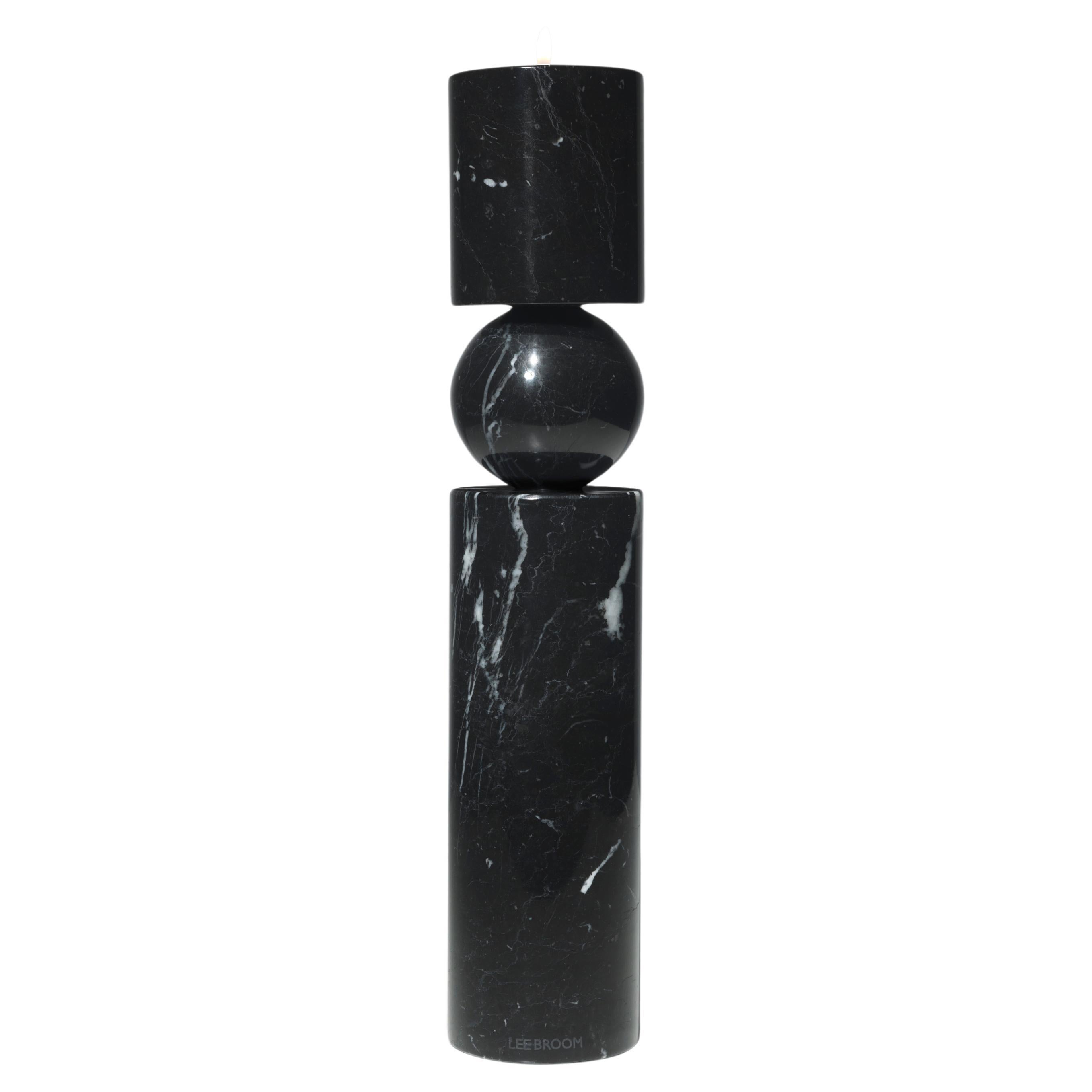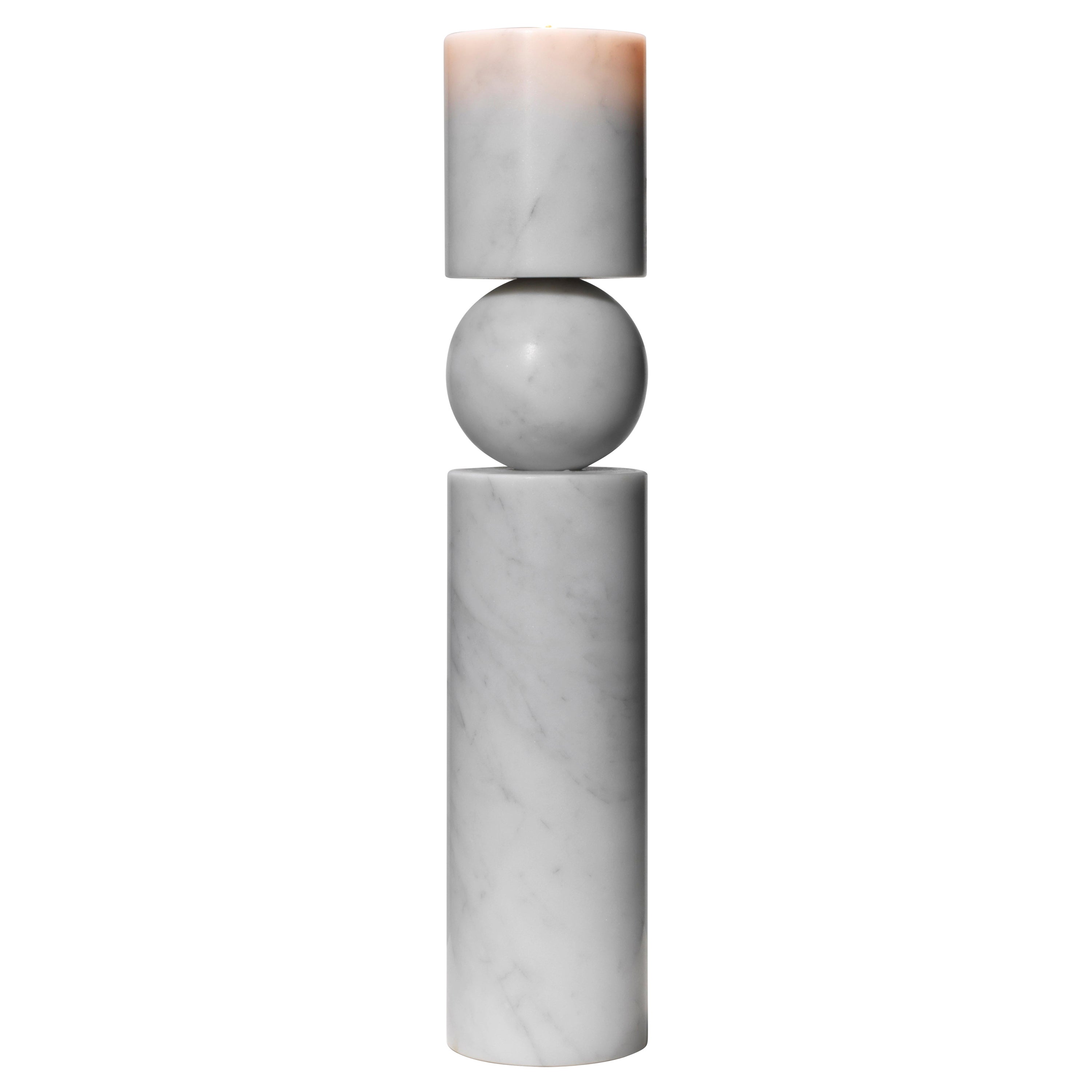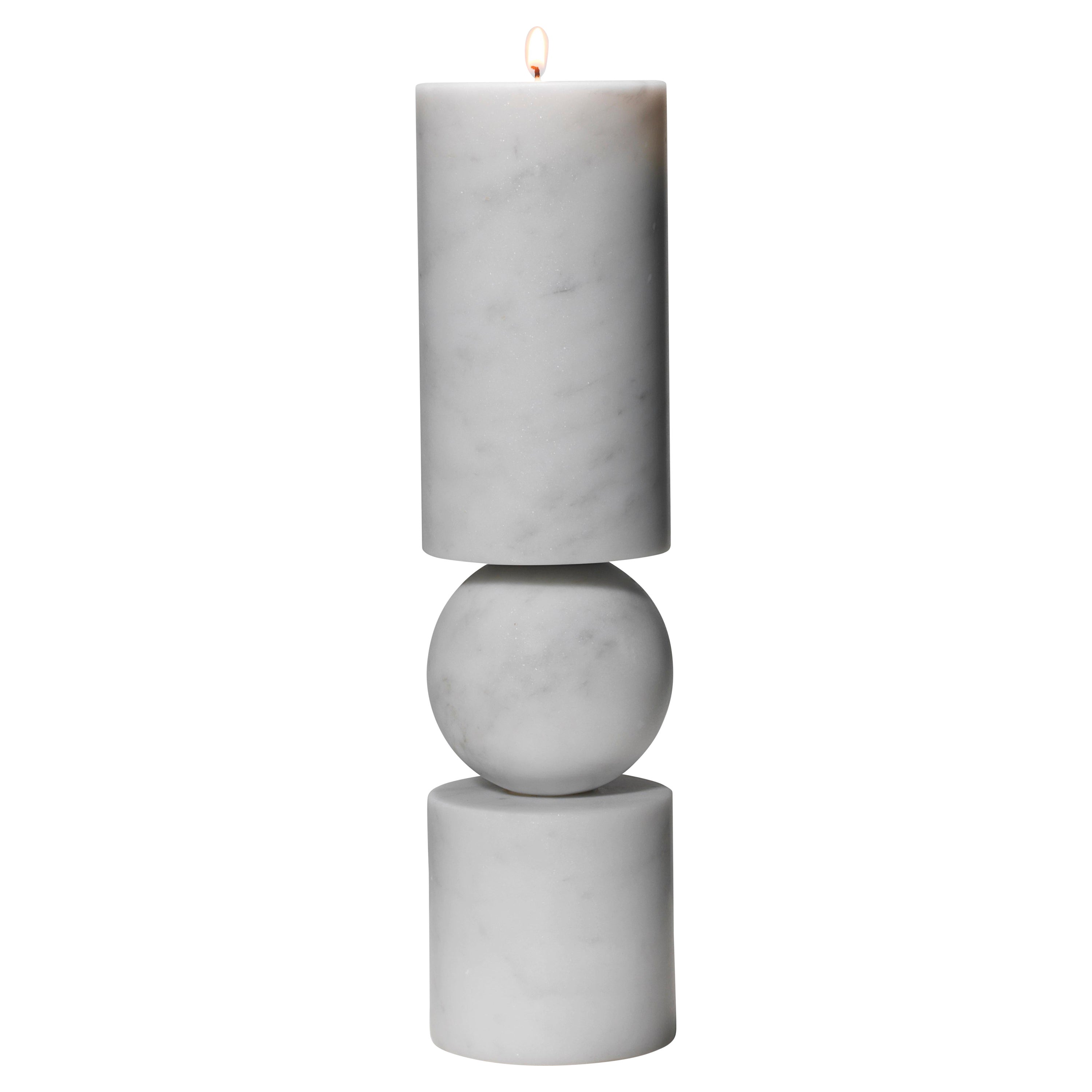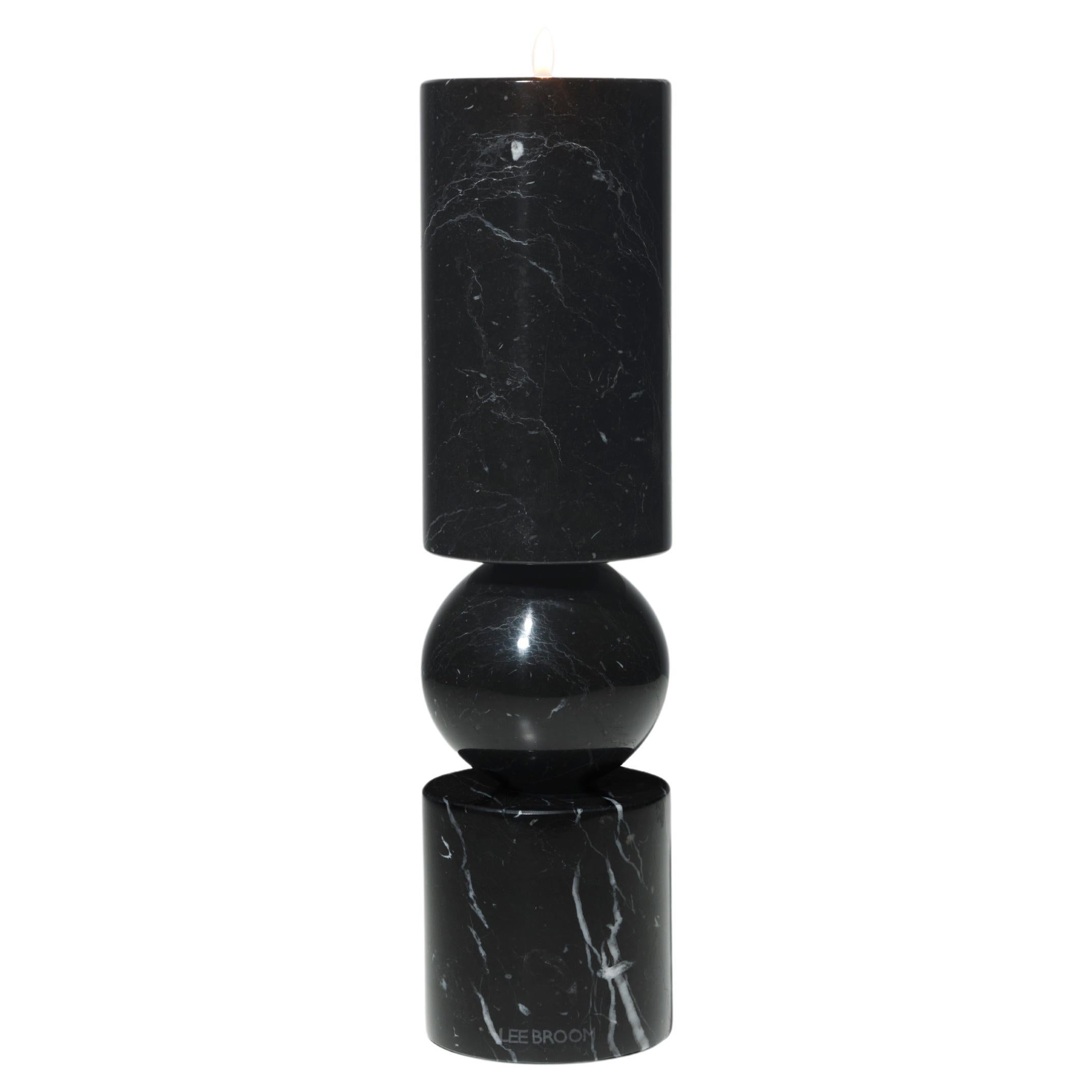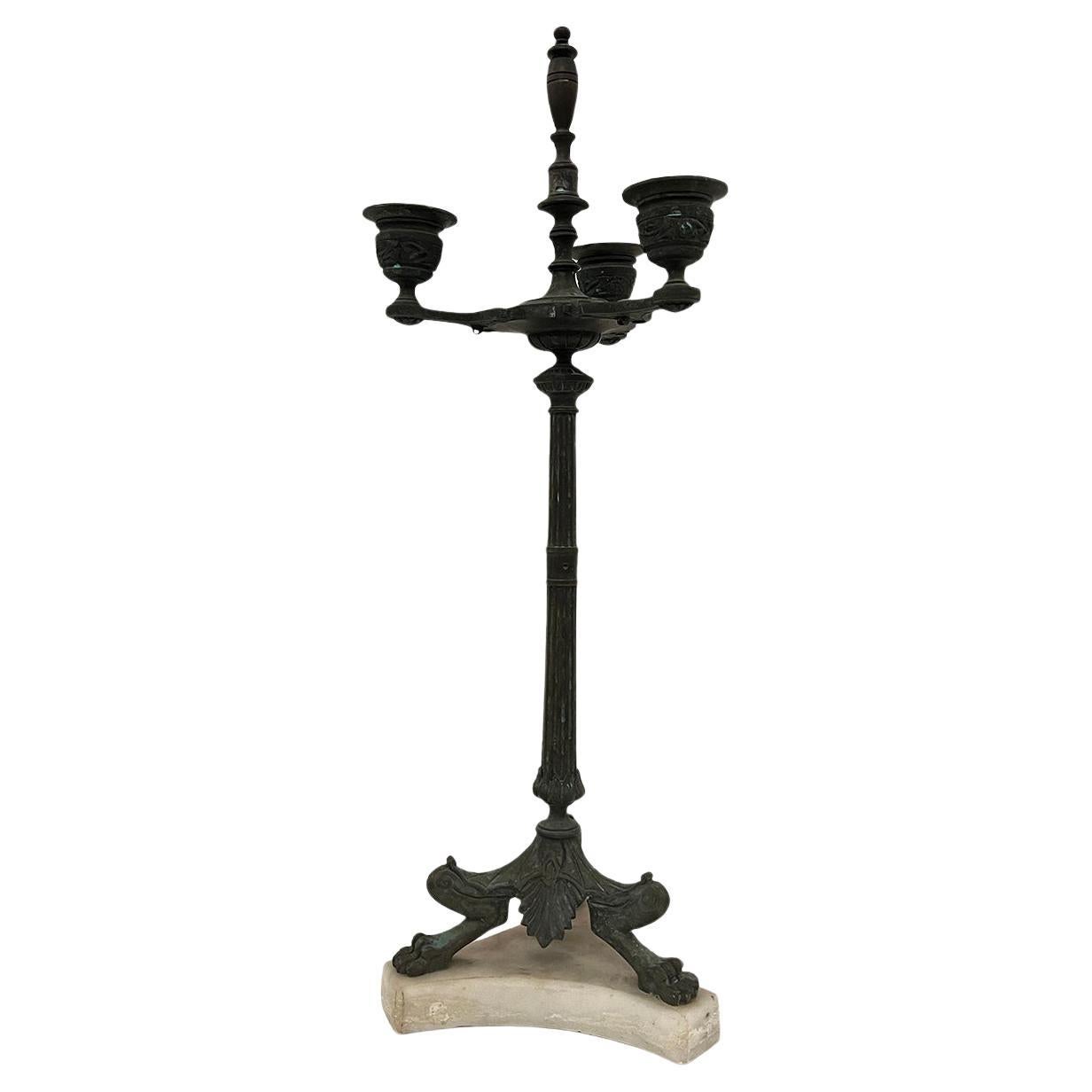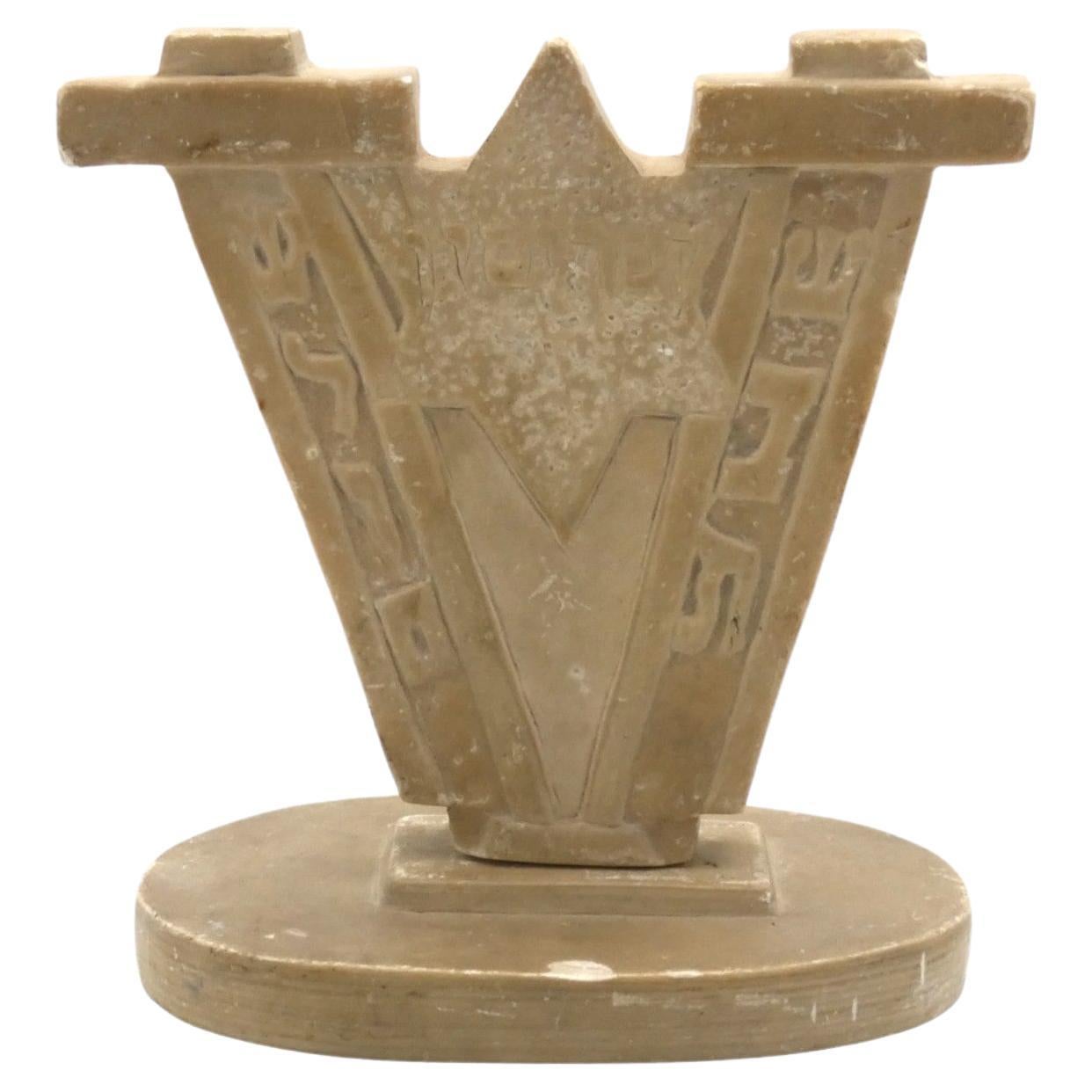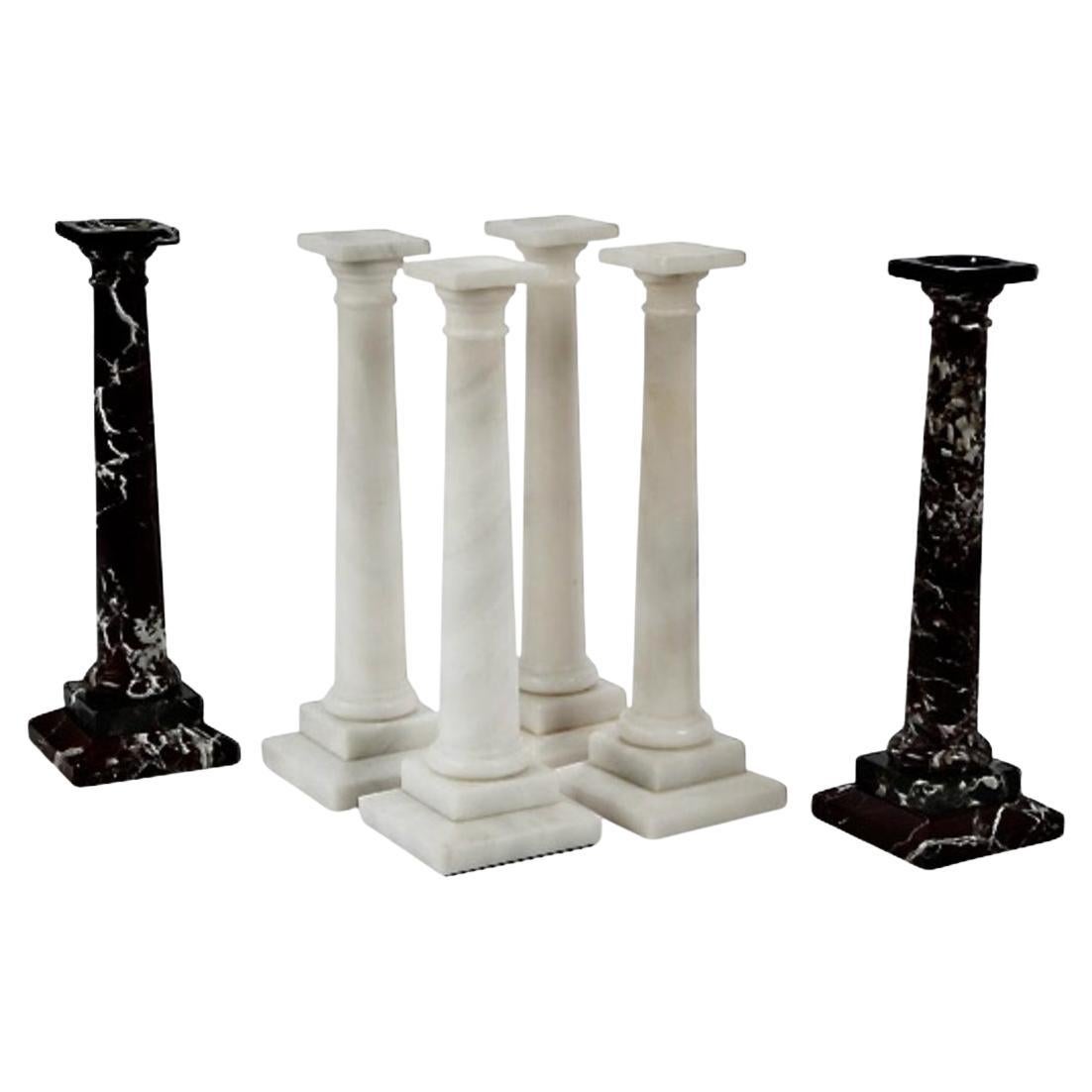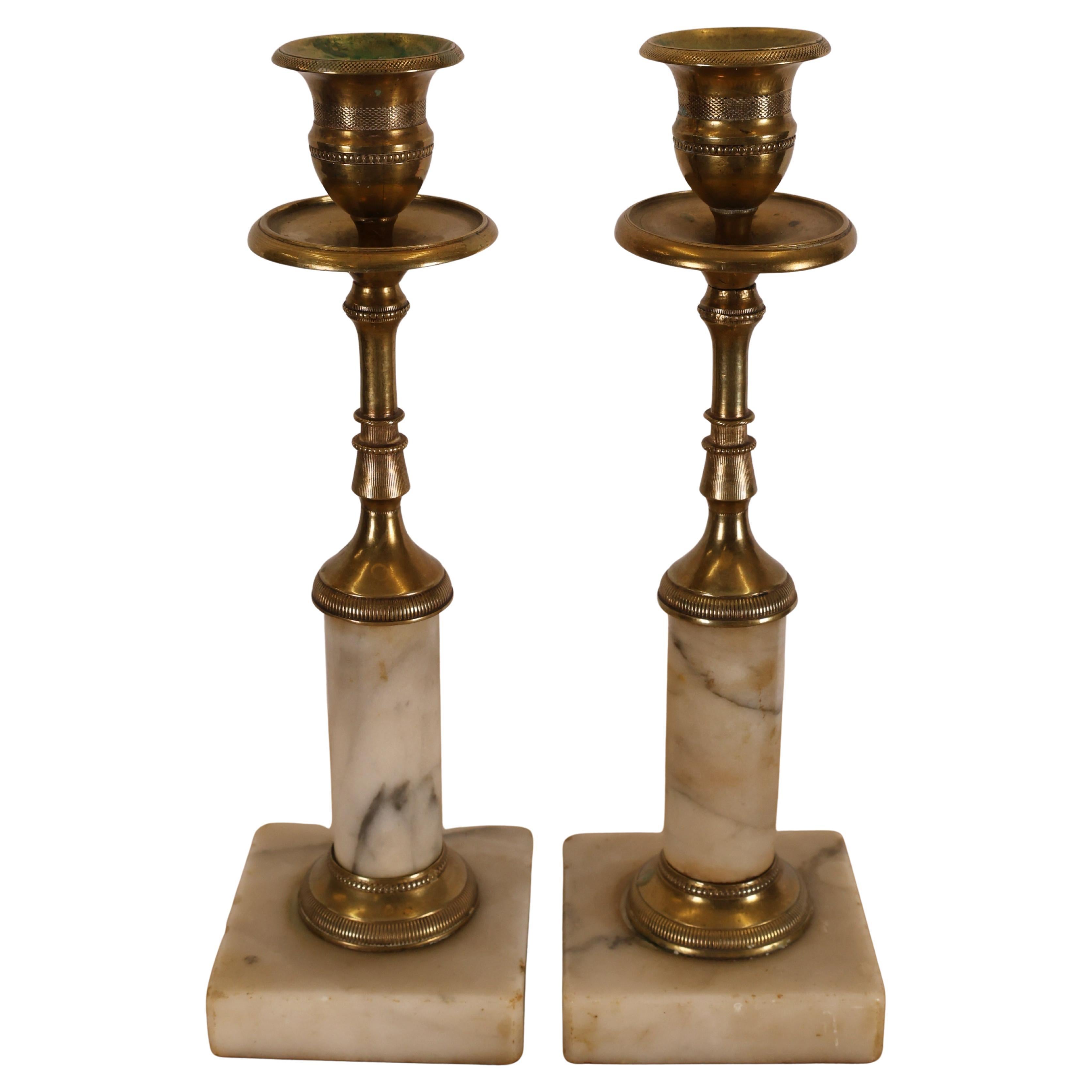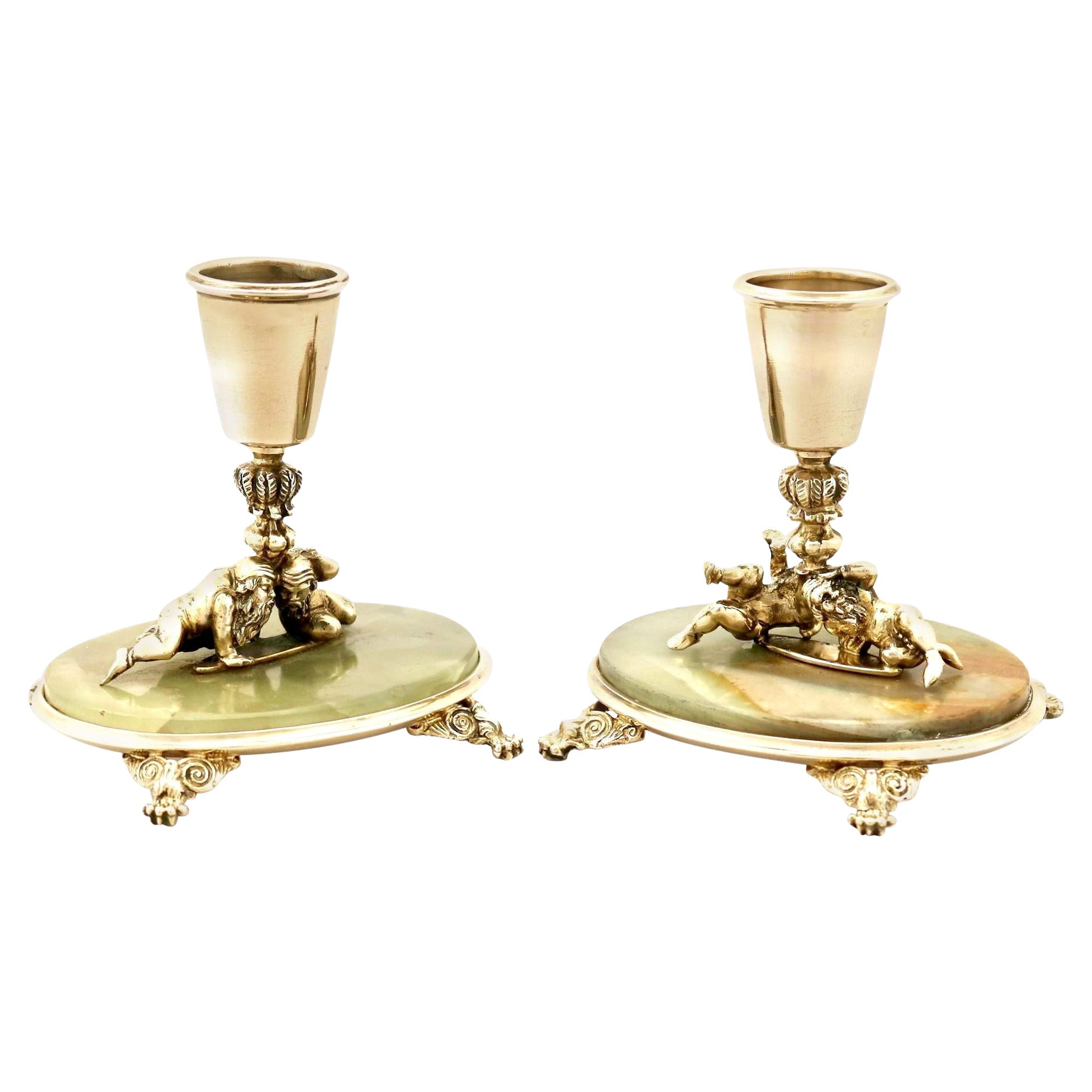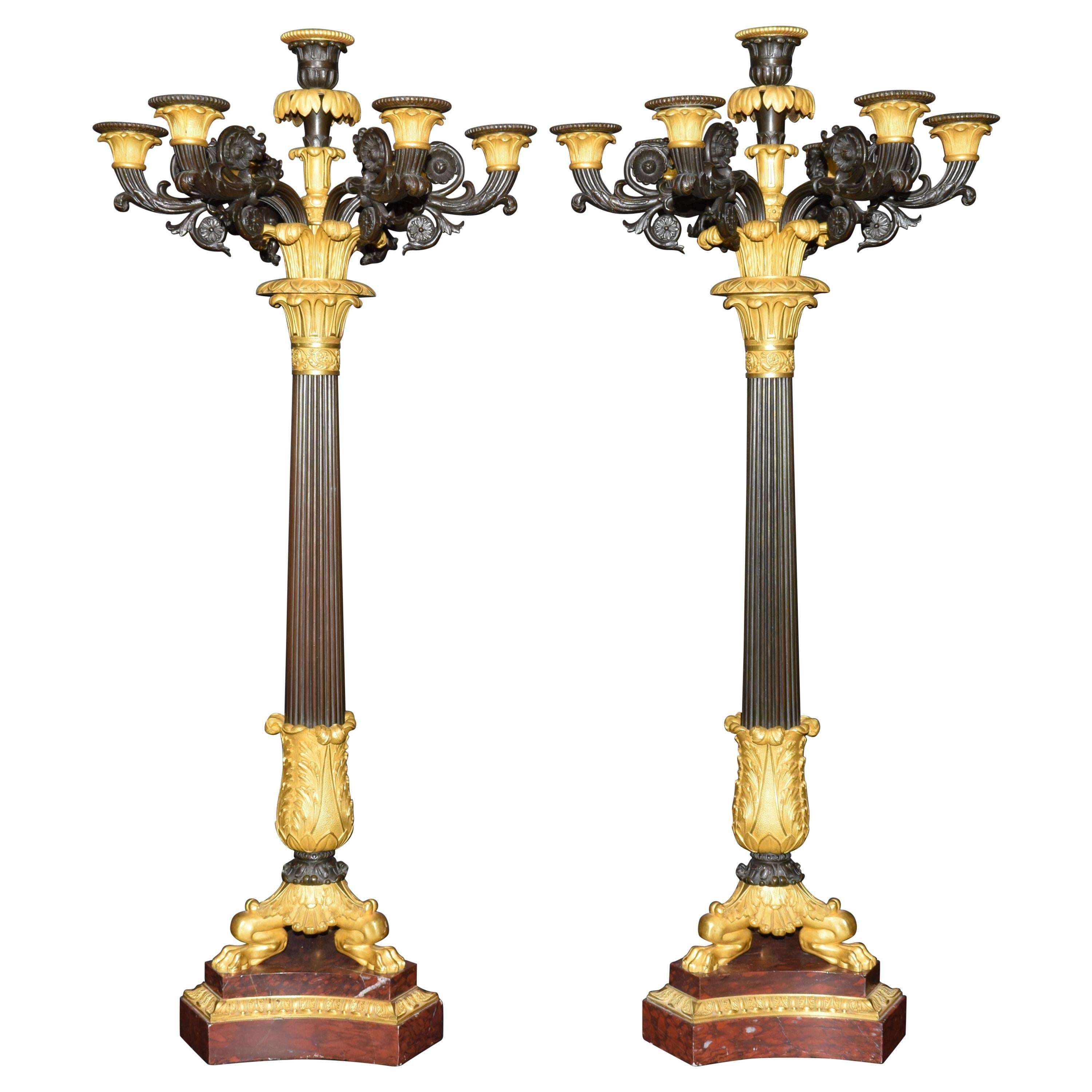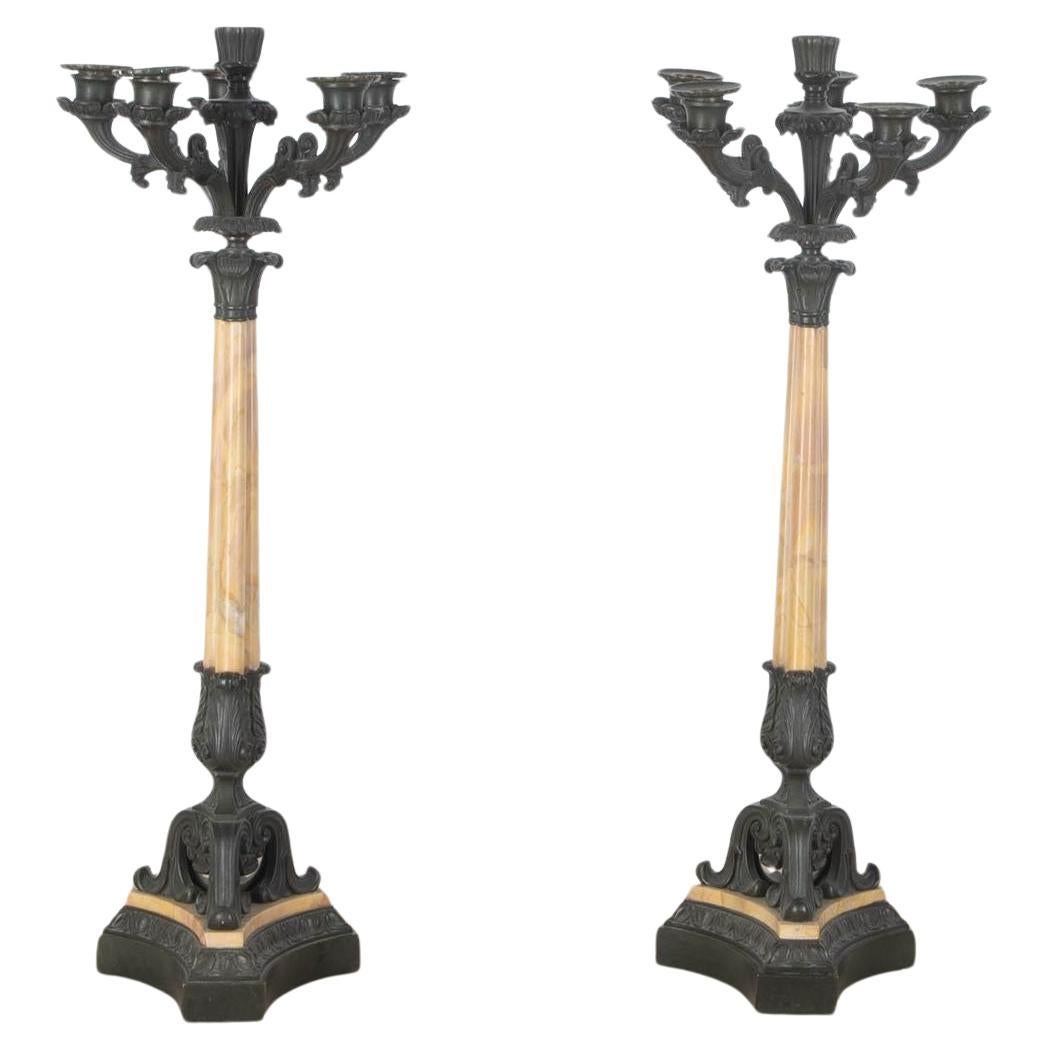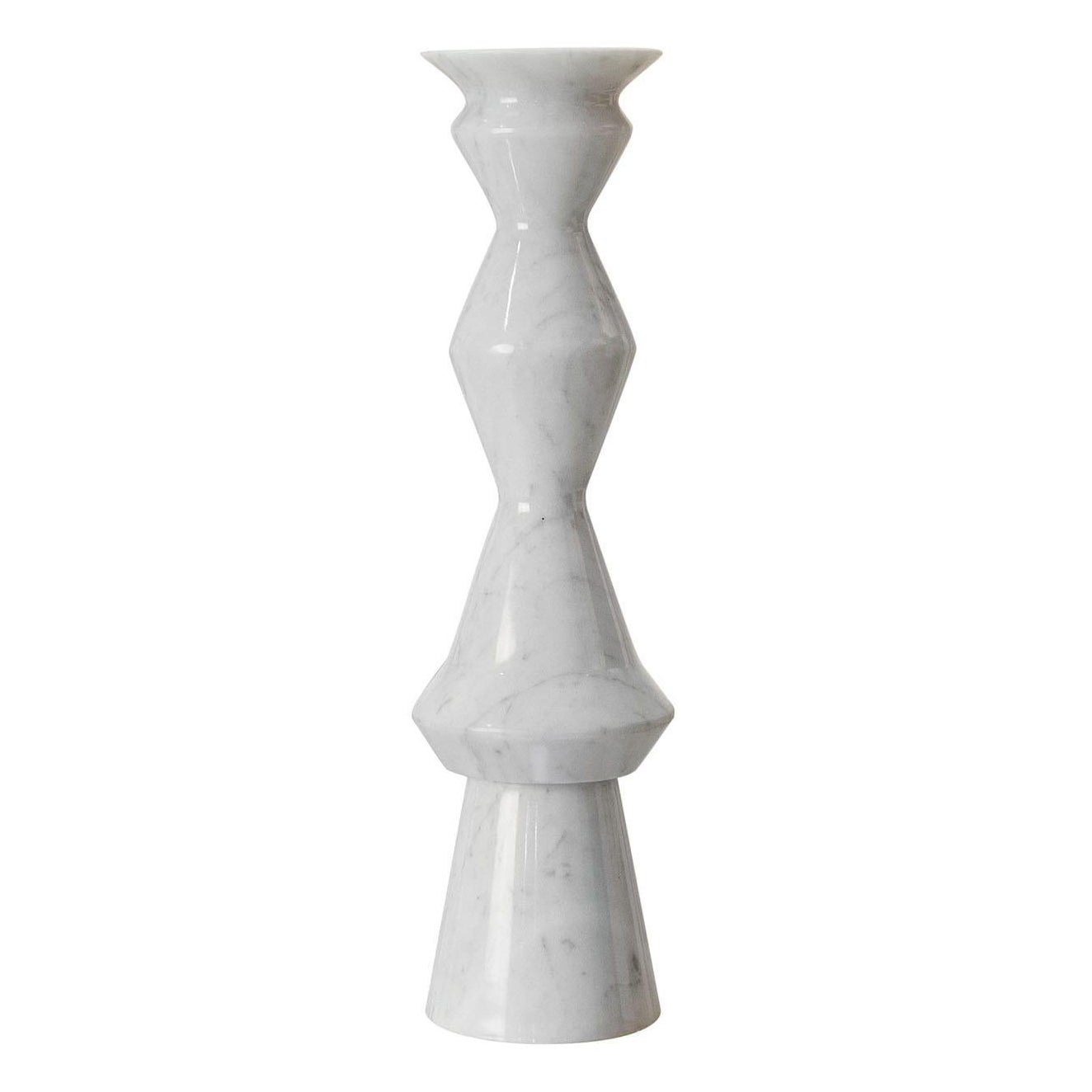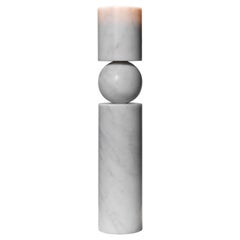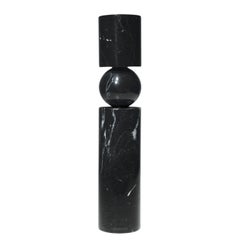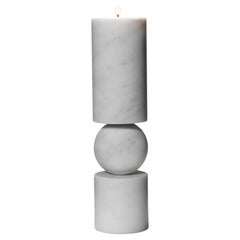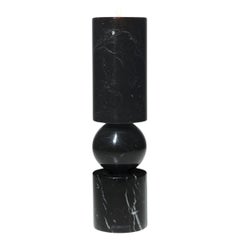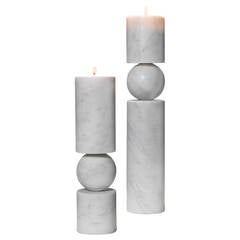
Marble Fulcrum Candlesticks
View Similar Items
1 of 4
Marble Fulcrum Candlesticks
$995List Price
About the Item
- Creator:Lee Broom (Designer)
- Dimensions:Height: 12 in (30.48 cm)Diameter: 3.2 in (8.13 cm)
- Materials and Techniques:
- Place of Origin:
- Period:
- Date of Manufacture:2015
- Condition:
- Seller Location:New York, NY
- Reference Number:1stDibs: LU103561978692
Authenticity Guarantee
In the unlikely event there’s an issue with an item’s authenticity, contact us within 1 year for a full refund. DetailsMoney-Back Guarantee
If your item is not as described, is damaged in transit, or does not arrive, contact us within 7 days for a full refund. Details24-Hour Cancellation
You have a 24-hour grace period in which to reconsider your purchase, with no questions asked.Vetted Professional Sellers
Our world-class sellers must adhere to strict standards for service and quality, maintaining the integrity of our listings.Price-Match Guarantee
If you find that a seller listed the same item for a lower price elsewhere, we’ll match it.Trusted Global Delivery
Our best-in-class carrier network provides specialized shipping options worldwide, including custom delivery.You May Also Like
Lee Broom - Fulcrum Candlestick White Marble - Large
By Lee Broom
Located in New York, NY
A play on the concept of pivots and supports, Fulcrum is a sculptural and monolithic candlestick whose cylindrical stem appears to balance on a central sphere.
Includes large clear...
Category
2010s British Modern Candlesticks
Materials
Carrara Marble
Lee Broom - Fulcrum Candlestick Black Marble - Large
By Lee Broom
Located in New York, NY
A play on the concept of pivots and supports, Fulcrum is a sculptural and monolithic candlestick whose cylindrical stem appears to balance on a central sphere.
Includes large clear...
Category
2010s British Modern Candlesticks
Materials
Carrara Marble
Lee Broom - Fulcrum Candlestick White Marble - Small
By Lee Broom
Located in New York, NY
A play on the concept of pivots and supports, Fulcrum is a sculptural and monolithic candlestick whose cylindrical stem appears to balance on a central sphere.
Includes large clear...
Category
2010s British Modern Candlesticks
Materials
Carrara Marble
Lee Broom - Fulcrum Candlestick Black Marble - Small
By Lee Broom
Located in New York, NY
A play on the concept of pivots and supports, Fulcrum is a sculptural and monolithic candlestick whose cylindrical stem appears to balance on a central sphere.
Includes large clear...
Category
2010s British Modern Candlesticks
Materials
Carrara Marble
Bronze and Marble Candlestick
Located in New York, NY
A 19th century Grand Tour bronze candlestick with marble base and lion's feet detail.
Measurements:
Height of body: 17"
Diameter: 7"
Category
Antique Late 19th Century French Candlesticks
Materials
Marble, Bronze
Marble Shabbat Candlestick, Cyprus 1948
Located in New York, NY
This Marble Shabbat Candlestick from Cyprus made in 1948-49 holds important historical significance. During that period, Cyprus served as a significant transit point for Jewish immigrants en route to Israel, particularly after World War II and during the struggle for Israeli independence.
During World War II the British enacted a policy known as the White Paper of 1939 that contained strict quotas for Jews who attempted to immigrate to Palestine. During the 1940s, camps were set up in Cyprus by the British government for the internment of Jews who violated this policy. Repeated requests to lift the immigration restrictions to save European Jews from certain death were ignored, and untold lives were lost. After the war ended, the British still enforced the White Paper, and Cyprus became home to thousands of Holocaust survivors caught trying to enter Palestine. Once again, Jews were kept under armed guard and behind barbed wire
Life was not easy for the Jews held in Cyprus, living conditions were below that of German prisoners of war, as standards for POWs were set by the Geneva Conventions. Since there were no precepts for civilian prisoners, these European Jews were treated worse than their captured German oppressors. During the years the camps of Cyprus were in operation, approximately 50,000 people were imprisoned and thousands of children were born.
Between 1948 and 1949, artistic detainees developed a unique genre of Judaica. From the local stone found on the grounds of the camp, a range of objects was carved, sometimes bearing motifs of tents, symbolizing the life of the interned. These objects were usually inscribed in Hebrew with the word "Kafrisin" (Cyprus)
This marble candlestick is one of those items. "Shabbat Shalom" flanks a Star of David with "Kafrisin" in its center, with two holes at the top for wicks and oil. The candlestick itself symbolizes resilience and continuity amidst upheaval. Marble, a durable and beautiful material, contrasts with the uncertainty and challenges faced by Jewish communities during that era.
Even after the establishment of the State of Israel on May 14, 1948, the British government continued to hold 8,000 Jewish men of military age and 3,000 of their wives, in order to prevent them from joining the 1948 Arab-Israel War, known by Israelis as the War of Independence. In February 1949, the British government decided to recognize the State of Israel, and all prisoners in the Cyprus camps were released.
Owning such an artifact connects one directly to the Jewish historical narrative of migration, survival, and the eventual establishment of Israel. It serves as a tangible reminder of the challenges faced and overcome by Jewish communities during one of the most pivotal periods in modern Jewish history.
Literature taken from the Book, "Jewish Antiques...
Category
Vintage 1940s Cypriot Candle Lamps
Materials
Marble
$3,840 Sale Price
20% Off
